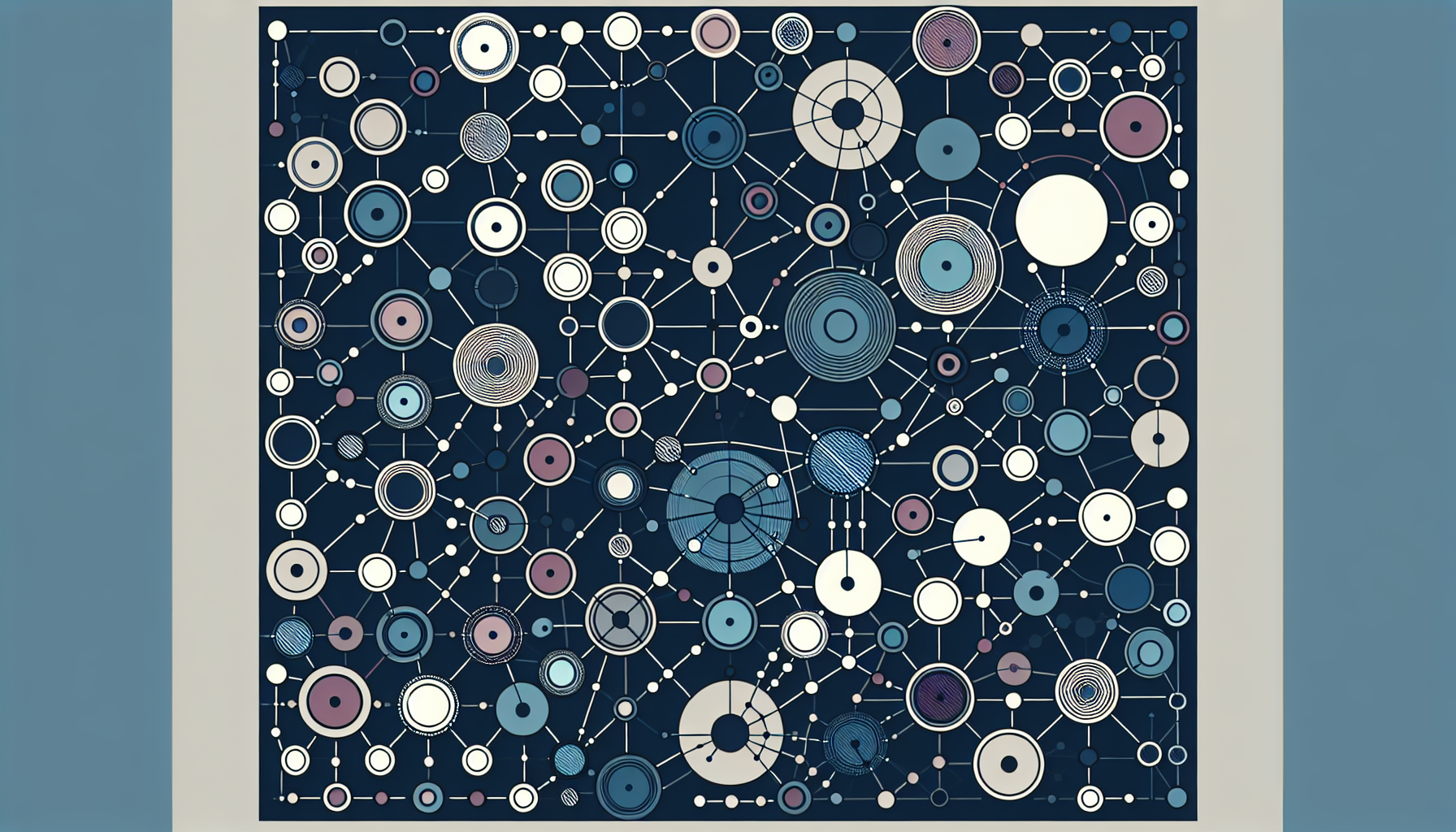The Power of Weak Ties: Why Casual Connections Are Your Secret Weapon in Job Hunting (2024)
Meta: Discover how weak ties and casual networking connections can dramatically increase your job prospects. Learn why your next career breakthrough might come from unexpected relationships.
Did you know that according to LinkedIn’s data, 85% of jobs are filled through networking, but surprisingly, it’s not your closest connections that usually lead to that dream position! In 1973, sociologist Mark Granovetter revolutionized our understanding of professional networking with his groundbreaking research on ‘The Strength of Weak Ties.’ What he discovered continues to shape how we think about career advancement today – those casual acquaintances you barely know might just be your ticket to your next big career move!

Understanding Weak Ties in Professional Networks
When we think about our professional networks, we often focus on our closest colleagues and friends. But have you ever considered the power of those acquaintances you barely know? These are what we call “weak ties” in the world of networking.
Weak ties are those casual connections you have with people you don’t know very well. They’re the opposite of strong ties, which are your close friends and family. Think of that person you met at a conference last year or your old college roommate’s cousin who works in your industry.
The fascinating thing about weak ties is their ability to act as bridges between different social circles. This is what sociologists call the “bridge theory.” Imagine your network as a series of islands. Your strong ties are the people on your island, but your weak ties are the bridges connecting you to other islands full of new opportunities and information.
Let’s look at a real-world example. Sarah, a graphic designer, landed her dream job not through her close friends, but through a casual acquaintance she met at a local art show. This weak tie turned out to be the bridge she needed to access a whole new professional world.
The Science Behind Why Weak Ties Work
You might be wondering, “Is there any real evidence that weak ties are so important?” Well, let me introduce you to Mark Granovetter, a sociologist who revolutionized our understanding of social networks in the 1970s.
Granovetter’s research showed that when it comes to finding job opportunities, weak ties are often more valuable than strong ones. Surprising, right? He found that people were more likely to find jobs through acquaintances rather than close friends.
But why does this work? It’s all about information flow. Your close friends, your strong ties, often have access to the same information you do. You’re in the same circles, after all. But your weak ties? They’re connected to entirely different networks, giving you access to a diverse pool of information and opportunities you might never have encountered otherwise.
It’s a bit of a paradox, isn’t it? The people we’re closest to might not be the ones who can help us the most in our professional lives. That’s not to say strong ties aren’t important – they absolutely are! But when it comes to expanding your horizons and finding new opportunities, those loose connections can be goldmines.
Leveraging Weak Ties in Modern Job Hunting
Now, let’s talk about how to put this knowledge into action in today’s digital age. With platforms like LinkedIn, Twitter, and even Instagram, we have more opportunities than ever to create and maintain weak ties.
LinkedIn is particularly powerful for this. It’s not just about connecting with people you know well; it’s about expanding your network to include loose connections in your industry or desired field. Don’t be afraid to connect with people after meeting them briefly at events or even reaching out to strangers with similar professional interests.
But here’s the key: it’s not enough to just collect connections. The real magic happens when you convert these online connections into meaningful opportunities. Engage with their posts, congratulate them on achievements, or share relevant content. These small interactions can keep you on their radar without being pushy.
Remember, though, it’s all about balance. While you’re cultivating these weak ties, don’t neglect your strong ties. A healthy network has both deep relationships and a wide array of looser connections.
Building and Nurturing Your Weak Ties Network
So, how do you go about expanding your circle of weak ties? It’s simpler than you might think. Start by being open to casual conversations in professional settings. That person you always see at the coffee shop working on their laptop? Strike up a conversation. You never know where it might lead.
The art of casual networking is just that – an art. It’s about being genuinely interested in others and finding common ground. It’s not about immediately trying to get something from the connection, but rather about creating a foundation for potential future interactions.
When it comes to following up, remember: less is often more. A simple email or message saying it was nice to meet them and perhaps sharing an article relevant to your conversation can be enough. The goal is to keep the connection alive without being pushy or demanding.
One of the best ways to create value in these loose connections is to be a giver. If you come across information or an opportunity that might be relevant to a weak tie, share it with them. This kind of generosity often comes back around in unexpected ways.
Common Mistakes and How to Avoid Them
As we wrap up, let’s talk about some common networking mistakes and how to steer clear of them.
First, don’t fall into the trap of over-relying on your close connections. It’s comfortable to stick with what you know, but remember Granovetter’s research – those weak ties are often where the magic happens.
On the flip side, don’t neglect your weak ties once you’ve made the connection. A network, like a garden, needs tending. Set reminders to check in with your loose connections periodically.
Another mistake is missing opportunities to create new connections. Always be on the lookout for potential weak ties. That person sitting next to you at a workshop? That could be your next big opportunity.
Lastly, be mindful of networking etiquette. Don’t be that person who only reaches out when they need something. Build genuine relationships, even if they’re not close ones.
Remember, networking isn’t about collecting the most connections or leveraging people for personal gain. It’s about creating a web of authentic relationships, both strong and weak, that can lead to mutual growth and opportunity.

Conclusion
Wrap up with actionable steps for readers to start leveraging their weak ties effectively. Include a reminder about the untapped potential in their existing network and encourage them to start viewing casual connections differently.




